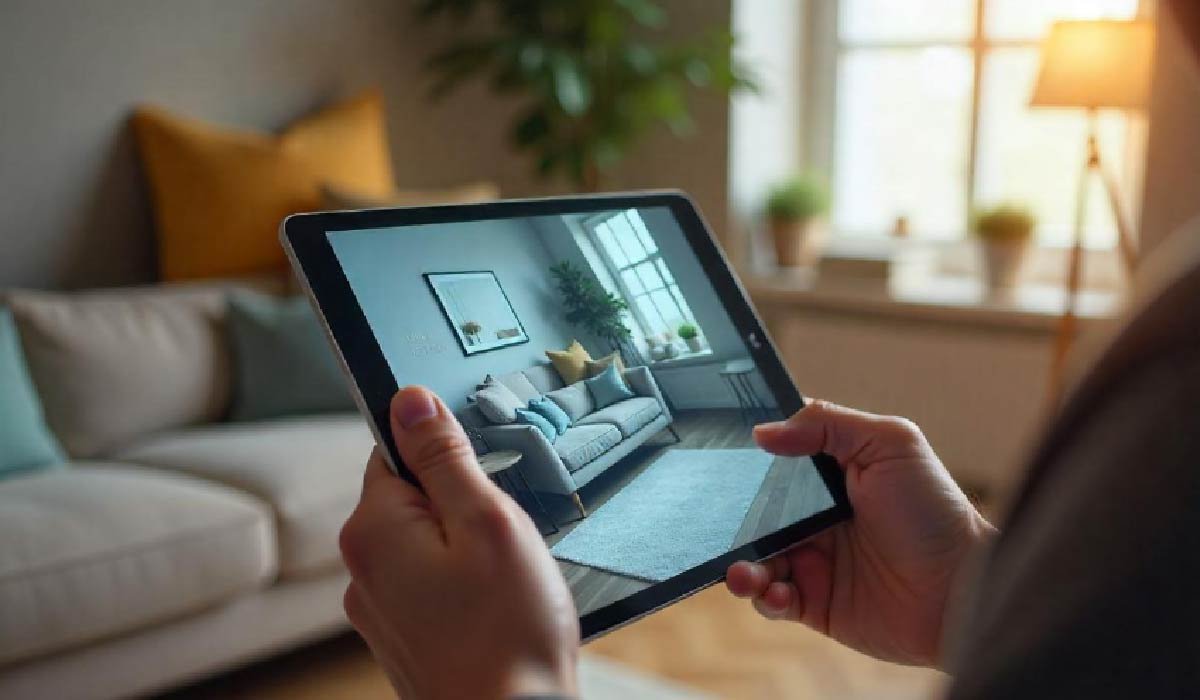Tech
The Rise of the 3D Showroom: Where Technology Meets Immersive Commerce

In an era where digital experience defines brand success, the 3d showroom has emerged as a powerful profit-driving innovation that transforms how products are presented, explored, and sold. By allowing customers to interact with products in a lifelike virtual environment, businesses not only reduce overhead costs but also significantly increase engagement and conversion rates. The ability to showcase items in precise detail without physical inventory has turned this technology into a strategic tool for brands seeking both efficiency and immersive impact.
Redefining the Traditional Showroom
For decades, physical showrooms served as the center of product discovery. Customers walked through carefully curated spaces, touched materials, and visualized how a product might fit into their lives. While effective, this model came with obvious limitations: high rental expenses, restricted floor space, logistical complexities, and geographic boundaries.
A 3d showroom reimagines this concept entirely. Instead of stone, glass, and lighting fixtures, the showroom exists in a customizable digital landscape where products are displayed in stunning, interactive realism. Users can rotate objects, zoom in on intricate details, change colors, and experience products from every angle—all from their browser or headset. The experience feels less like shopping and more like exploration.
How 3D Technology Powers the Experience
The backbone of a modern 3d showroom lies in advanced visualization technologies such as WebGL, real-time rendering engines, AI-driven personalization, and virtual reality interfaces. These tools work together to create environments that respond dynamically to user behavior.
For example, a customer browsing a virtual furniture showroom can reposition a sofa, alter lighting, and even simulate how it would look in their own living room. In automotive industries, potential buyers can step inside a digitally rendered car, explore the dashboard, and customize features in real time. This level of interaction builds confidence, reduces hesitation, and shortens the sales cycle.
A New Standard for Customer Engagement
What makes the 3d showroom so compelling is its ability to tell a story. Instead of passively viewing static catalog images, customers are immersed in a brand narrative. The environment can reflect the brand’s identity — minimalistic, futuristic, luxurious, or industrial — reinforcing emotional connection.
This interactive storytelling keeps users engaged longer. Studies show that immersive experiences significantly boost memory retention and customer satisfaction. When customers feel involved, they are more likely to trust the product, recommend it to others, and return for repeat purchases.
Business Benefits Beyond Aesthetics
The value of a 3d showroom extends far beyond visual appeal. One of its greatest advantages is scalability. A brand can present hundreds of products without expanding physical space. Seasonal updates or new launches can be rolled out instantly, without the cost of reconfiguring physical displays.
Operational savings are also substantial. Businesses reduce spending on logistics, transportation, physical materials, and showroom maintenance. At the same time, analytics tools embedded within the digital platform provide real-time insights into customer behavior. Brands can track where users spend the most time, what products attract the most clicks, and which configurations lead to purchases. This data fuels smarter marketing strategies and product optimization.
Bridging Online and Offline Worlds
The 3d showroom sits at the intersection of e-commerce and experiential marketing. It combines the convenience of online shopping with the depth of physical interaction. This hybrid approach caters perfectly to today’s digitally fluent consumer who values both speed and experience.
Retailers now integrate 3d showrooms into omnichannel strategies, using them as virtual extensions of physical stores. This allows customers to preview products online before visiting a store—or complete purchases entirely within the virtual space. In many cases, this seamless transition increases brand loyalty and elevates the overall customer journey.
Industry Applications Stretching Across Sectors
While retail is the most visible adopter, the use of 3d showrooms extends across numerous industries. Real estate companies offer virtual property tours, allowing potential tenants to explore apartments regardless of location. Fashion brands showcase clothing lines in dynamic runway-style environments. Manufacturers demonstrate complex machinery without the expense of transporting heavy equipment to exhibitions.
Even education and healthcare sectors are beginning to leverage 3d showrooms for interactive demonstrations and product walkthroughs, proving the versatility and long-term relevance of this technology.
The Role of AI and Personalization
The evolution of the 3d showroom is increasingly intertwined with artificial intelligence. AI algorithms adapt the environment based on user preferences, viewing history, and interaction patterns. This personalized approach transforms generic browsing into tailored experiences.
Imagine entering a showroom that automatically highlights products matching your style, budget, or previous purchases. This intelligent adaptation not only enhances user satisfaction but also maximizes sales potential by presenting highly relevant options.
Challenges and Future Outlook
Despite its benefits, the widespread adoption of 3d showrooms does come with challenges. High initial development costs, technical complexities, and the need for optimized performance across devices are common hurdles. However, as technology becomes more accessible and development tools mature, these barriers are rapidly diminishing.
Looking ahead, we can expect deeper integration with augmented reality, metaverse platforms, and haptic feedback technologies. The future 3d showroom may allow users to “feel” textures or receive AI-guided assistance through voice and gesture controls. As digital ecosystems continue to evolve, so too will the sophistication of these immersive spaces.
A Strategic Investment in Experience
In a marketplace driven by innovation and customer-centric design, the 3d showroom stands as more than a technological trend; it is a strategic investment in experiential commerce. Brands that embrace this transformation are not just keeping pace with change — they are reshaping the way consumers interact with products.
By merging creativity, technology, and psychology, the 3d showroom turns browsing into an experience and products into stories. It represents a future where digital spaces are not mere substitutes for physical ones but powerful environments that redefine the art of selling.
As industries continue their digital evolution, one thing is clear: the showroom of tomorrow is no longer built with walls—it is built with imagination, data, and immersive design.
-

 Celebrity1 year ago
Celebrity1 year agoWho Is Jennifer Rauchet?: All You Need To Know About Pete Hegseth’s Wife
-

 Celebrity1 year ago
Celebrity1 year agoWho Is Mindy Jennings?: All You Need To Know About Ken Jennings Wife
-

 Celebrity1 year ago
Celebrity1 year agoWho Is Enrica Cenzatti?: The Untold Story of Andrea Bocelli’s Ex-Wife
-

 Celebrity1 year ago
Celebrity1 year agoWho Is Klarissa Munz: The Untold Story of Freddie Highmore’s Wife















